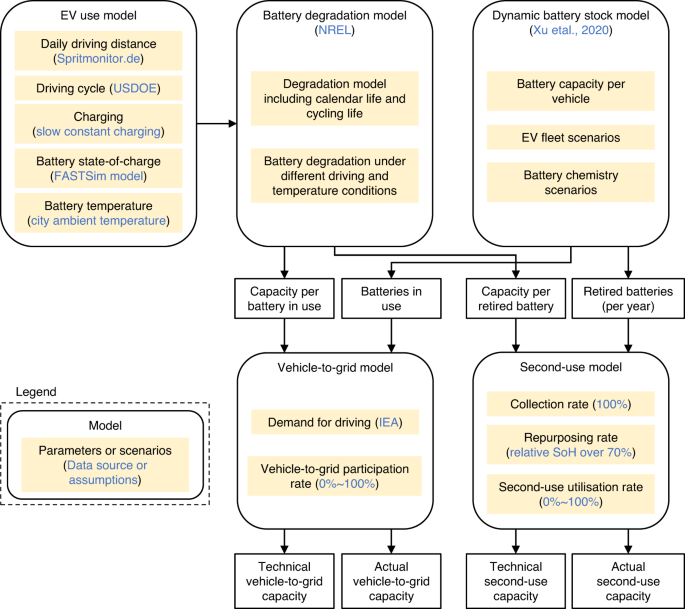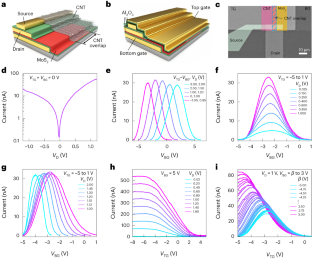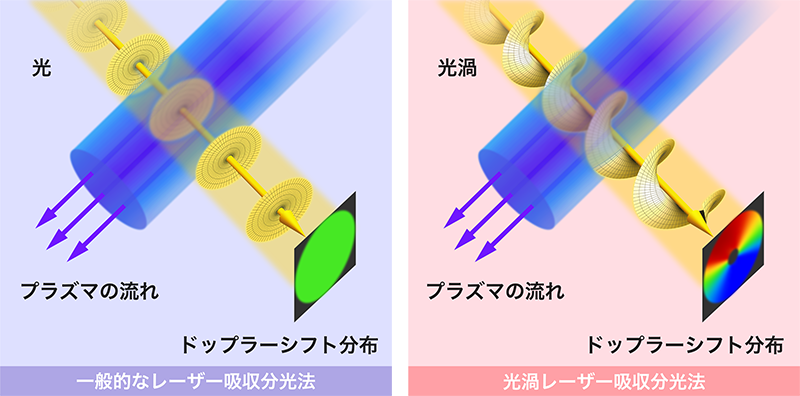2023-10-12 米国国立再生可能エネルギー研究所(NREL)
◆アメリカ国立再生可能エネルギー研究所(NREL)とオランダのライデン大学環境科学研究所の研究によれば、車両対グリッド(V2G)充電プログラムが短期の電力格納機会を提供し、電力供給と需要の不一致を補完できる可能性があります。EVのバッテリーは、ピーク需要時に電力を供給し、需要が収束すると再充電できるため、分散型のバックアップ電力ネットワークを形成できます。しかしながら、現在の電力インフラを更新する必要があります。 EVバッテリーを使用することで、電力供給と需要の調整が向上し、停電のリスクが低減します。
<関連情報>
- https://www.nrel.gov/news/program/2023/evs-play-surprising-role-in-supporting-grid-resiliency.html
- https://www.nature.com/articles/s41467-022-35393-0#citeas
電気自動車のバッテリーだけで、早ければ2030年までに短期的な送電網の蓄電需要を満たすことができる Electric vehicle batteries alone could satisfy short-term grid storage demand by as early as 2030
Chengjian Xu,Paul Behrens,Paul Gasper,Kandler Smith,Mingming Hu,Arnold Tukker & Bernhard Steubing
Nature Communications Published:17 January 2023
DOI:https://doi.org/10.1038/s41467-022-35393-0

Abstract
The energy transition will require a rapid deployment of renewable energy (RE) and electric vehicles (EVs) where other transit modes are unavailable. EV batteries could complement RE generation by providing short-term grid services. However, estimating the market opportunity requires an understanding of many socio-technical parameters and constraints. We quantify the global EV battery capacity available for grid storage using an integrated model incorporating future EV battery deployment, battery degradation, and market participation. We include both in-use and end-of-vehicle-life use phases and find a technical capacity of 32–62 terawatt-hours by 2050. Low participation rates of 12%–43% are needed to provide short-term grid storage demand globally. Participation rates fall below 10% if half of EV batteries at end-of-vehicle-life are used as stationary storage. Short-term grid storage demand could be met as early as 2030 across most regions. Our estimates are generally conservative and offer a lower bound of future opportunities.



